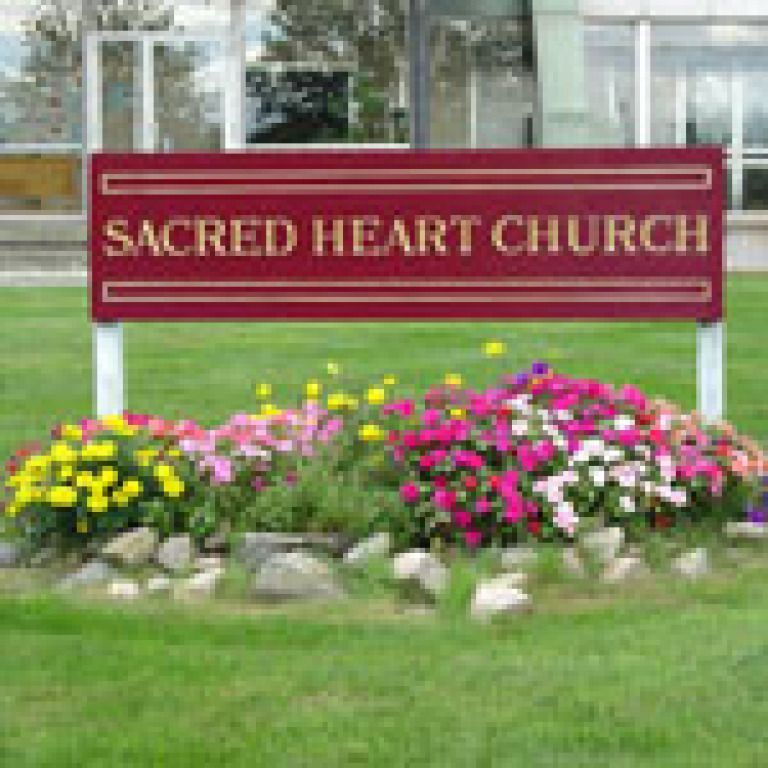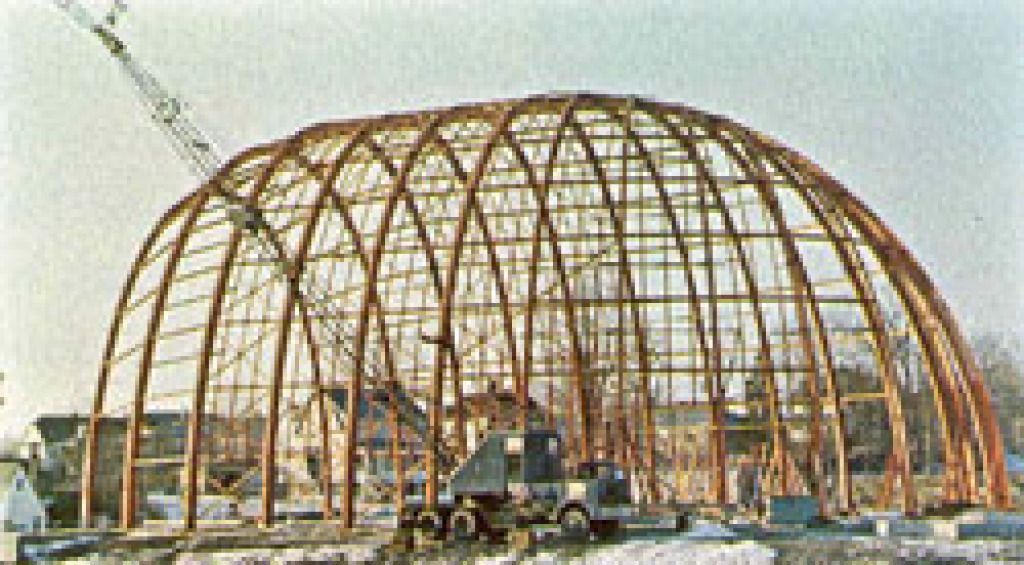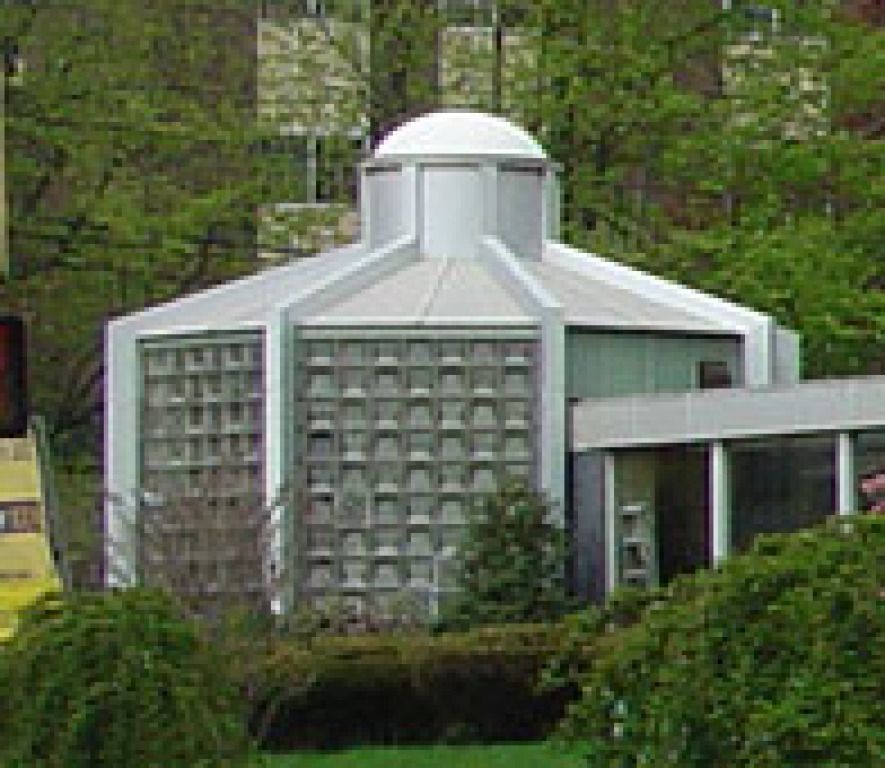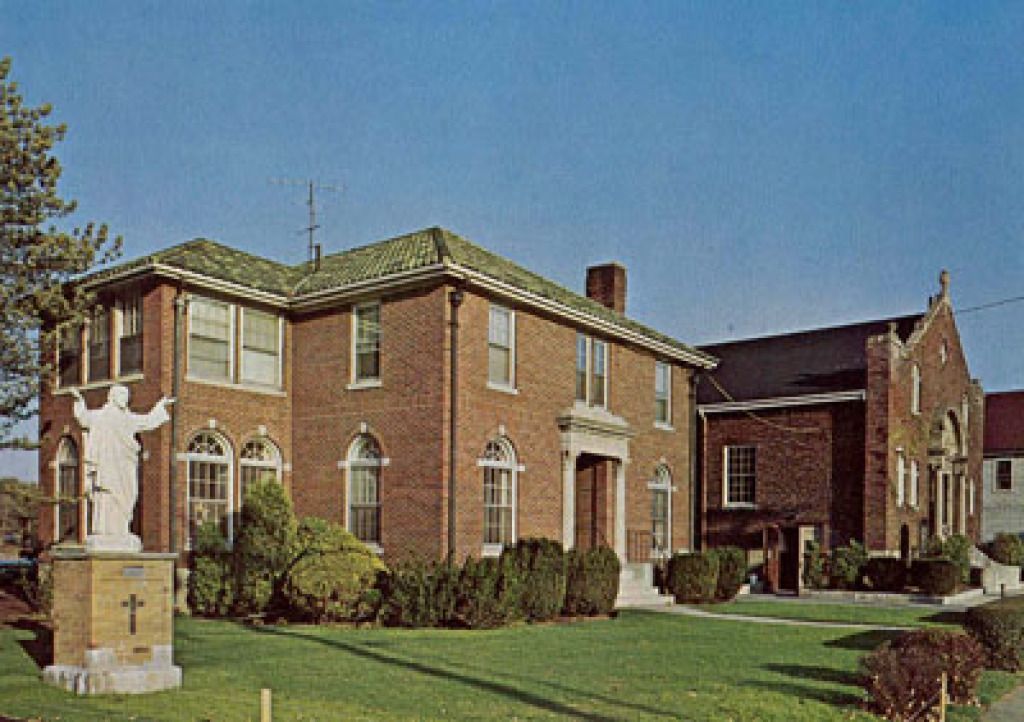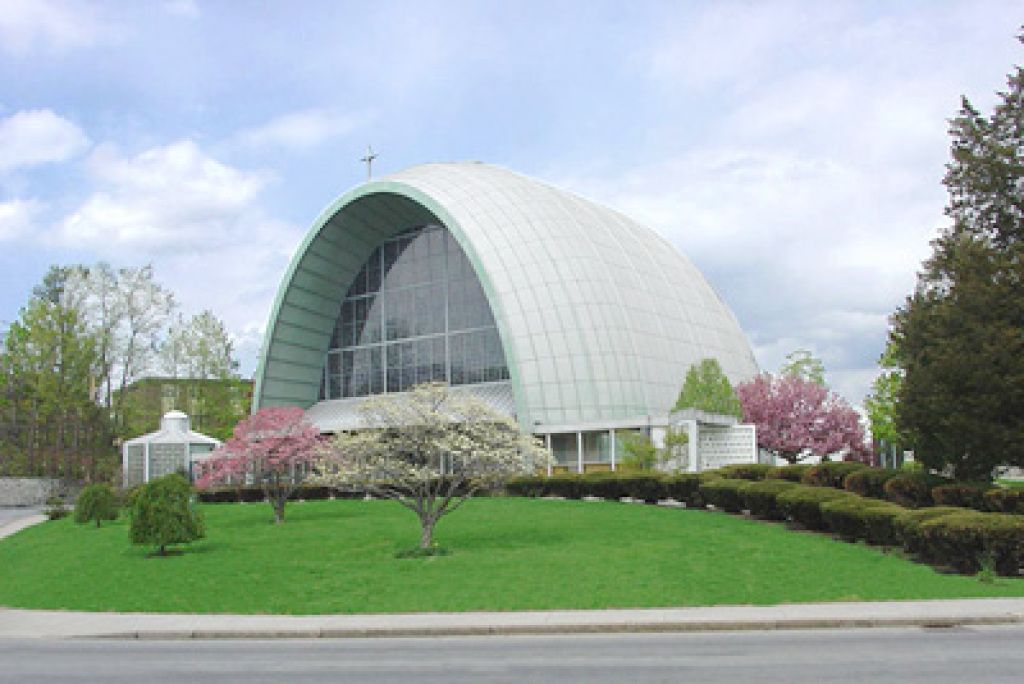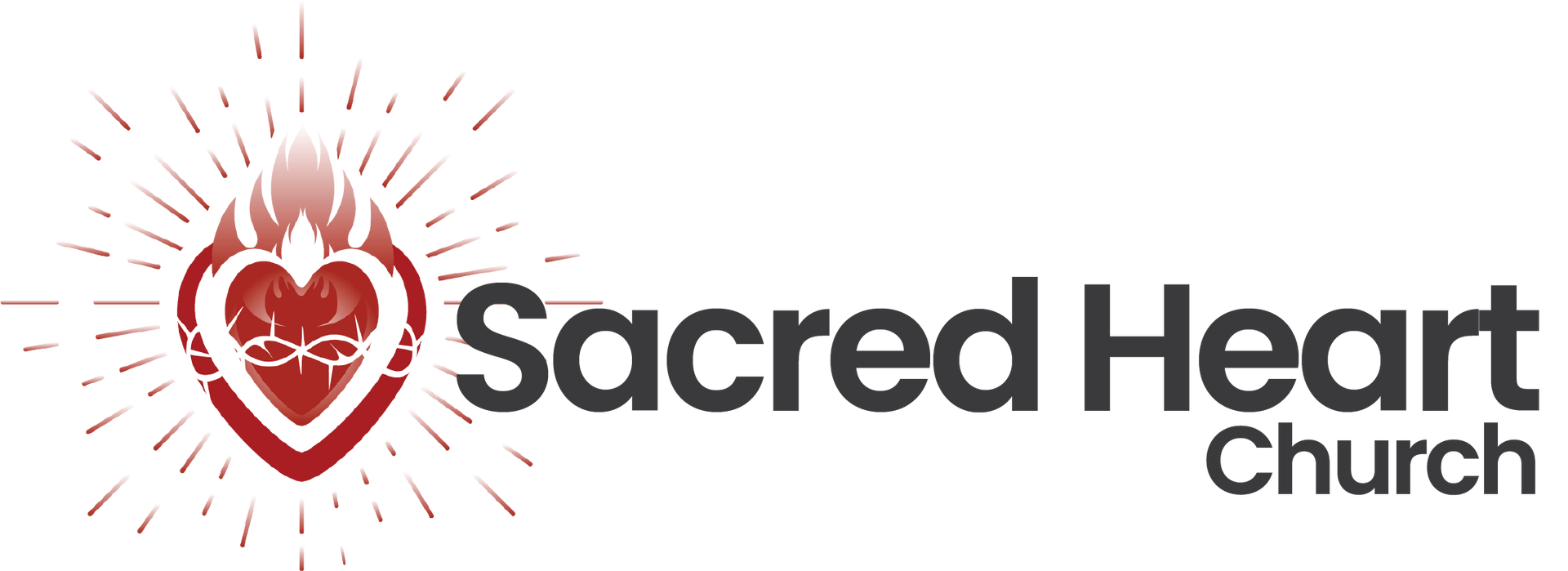Sacred Heart Parish was established in 1922 by the Stigmatine Fathers. Of the 32,000 people residing in Waltham at that time, about 4,000 were of Italian descent. The majority of the city's population was Protestant - New England Yankees, Swedish, German, etc. - while the largest part of the Catholic population was Irish. Two churches served the Irish population, St. Mary's and St. Charles', with the Charles River serving as the parish boundaries. There was also a church for French Catholics, St. Joseph's.
While there was no church for the Italian people, an active church committee, under the lead of Salvatore Trapanese, had been in operation for eight years.
The Italian population was not completely homogenous, but some 80 percent were members of the Sicilian-Eolean group, with the other 20 per cent coming from Calabria, Abruzzi, and Campania. Other areas of Italy were poorly represented, if at all.
Our forefathers, on their arrival in this country, were blessed with the assistance of their kinsmen and friends from their former home towns. Some families played host to hundreds of paisani in the course of the immigration years, and through their generosity gained great power and prestige among their countrymen.
It was decided by William Cardinal O'Connell, Archbishop of Boston, that an Italian priest should be located to establish a church for the community. Cardinal O'Connell asked Father Baxter, then pastor of St. Mary's to find a suitable pastor.
The first two priests to serve Sacred Heart were Father Raymond Dalla Porta, C.P.S., founder and first pastor, and co-founder and first assistant was Father William Ludessi, C.P.S. The Stigmatine Fathers were entrusted with the spiritual care of the Italian people in the Waltham area.
The old church building, the free use of which was given by The Boston Manufacturing Company, who employed many Italian immigrants, was located at the corner of River and Jackson Streets. The church had a sacristy, but there were no vestments, no church equipment, no altar stone or altar, no confessionals, no stations of the cross and no statues.
The Sisters of Notre Dame de Namur came to the aid of the fledgling parish and donated an altar, chalice, vestments, and other materials necessary for the celebration of Mass. A few days later, on November 27, 1922, Father Baxter donated a larger altar.
Fathers Dalla Porta and Ludessi took up residence in Lynn, and from there the two priests made the necessary contacts and laid the groundwork for the parish. Although no documents can be found, it is known that the parish was entrusted to the Stigmatine Fathers on November 6, 1922.
In April of 1924, Father Dalla Porta obtained permission to buy a tract of land for a new church and rectory. A plot at the corner of River and Newton Streets was purchased on July 3 of that year. The new church was completed in time for Midnight Mass in December, 1924. The new church seated about 360 people. The basement, with a capacity of 350, was dug out and made ready for use on July 16, 1925. This building now houses the CCD classrooms and the church hall which is used for many events throughout the year. Additional lots were purchased for the parish on October 29, 1925.
The year 1927 saw the parish receive permission to build a rectory for the pastor and his assistants, which is still in use today. The construction of the rectory ran afoul of labor problems but they were soon ironed out and the building was completed on July 1.

